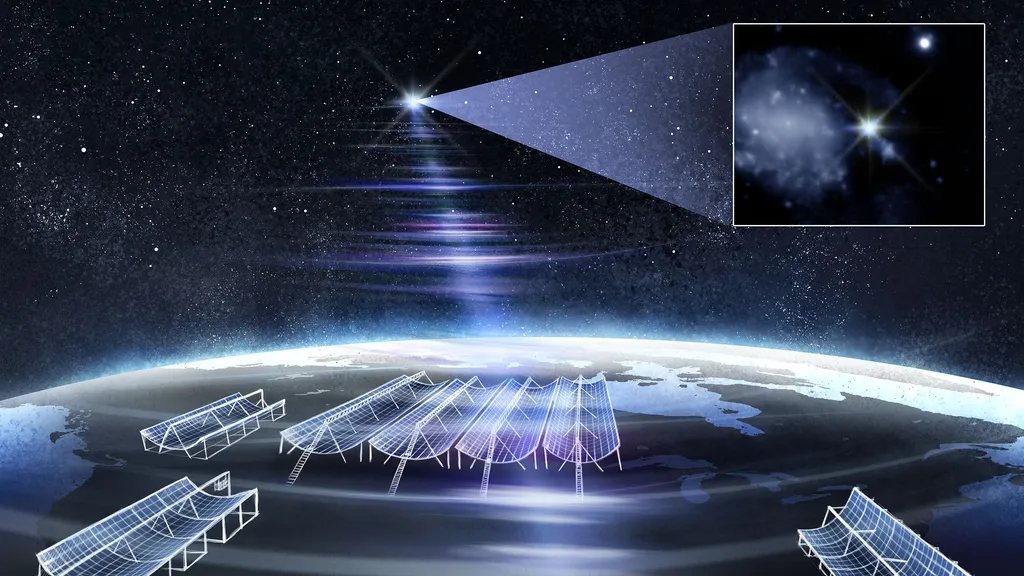In a significant stride for cosmological research, the Canadian Hydrogen Intensity Mapping Experiment (CHIME) collaboration has announced the first detection of the cosmological 21 cm intensity mapping signal in auto-correlation at a redshift of approximately 1. The researchers, led by the CHIME collaboration and including members from various institutions such as the University of British Columbia, McGill University, and the University of Toronto, have achieved a milestone in understanding the large-scale structure of the universe.
The CHIME collaboration has successfully measured the 21 cm auto-power spectrum over a frequency range from 608.2 MHz to 707.8 MHz, corresponding to a redshift range of 1.34 to 1.01. This measurement was conducted at a scale of 0.4 h Mpc^-1 < k < 1.5 h Mpc^-1, with a detection significance of 12.5 sigma. The data used for this analysis were collected over 94 nights of observation. The researchers employed several improvements to the CHIME data processing pipeline, including novel radio frequency interference (RFI) detection and masking algorithms, achromatic beamforming techniques, and foreground filtering before time averaging to minimize spectral leakage. These advancements ensure the robustness and reliability of the detection. The CHIME collaboration also measured the 21 cm signal in two independent sub-bands centered at redshifts of approximately 1.08 and 1.24, with detection significances of 8.7 sigma and 9.2 sigma, respectively. The theoretical interpretation of these measurements will be discussed in a companion paper, but the current findings demonstrate CHIME's capability to probe large-scale structure through 21 cm intensity mapping without relying on external galaxy surveys. The practical applications of this research for the energy sector are not immediately apparent, as the study is primarily focused on cosmological observations. However, advancements in radio frequency interference detection and mitigation, as developed for this research, could potentially benefit wireless communication technologies, including those used in smart grids and other energy infrastructure. Additionally, the improved data processing techniques could enhance the efficiency and accuracy of large-scale data analysis, which is relevant for various industries, including energy. This groundbreaking research was published in the journal Nature Astronomy. The study represents a significant step forward in our understanding of the universe's large-scale structure and showcases the capabilities of the CHIME telescope in cosmological observations. This article is based on research available at arXiv.

